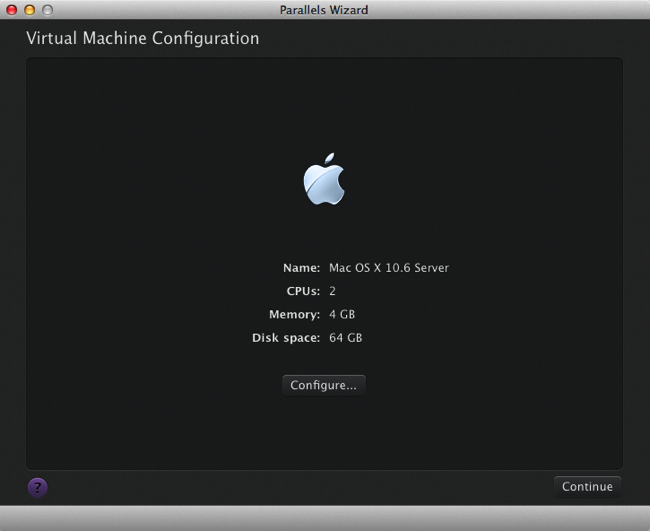Mac Os X Snow Leopard 32 Bit Iso
Feb 06, 2013 A general blanket statement referring to the abilities of the mind to pass tests put on it. Shares components of a lot of other cognitive phenomena, and not to be confused with Memory, Attention, or Anxiety. Panic is a sudden sensation of fear which is so strong as to dominate or prevent reason and logical thinking, replacing it with overwhelming feelings of anxiety and frantic agitation consistent with an animalistic fight-or-flight reaction. Veliko Tarnovo is a town situated in North Bulgaria, an administrative center of the Veliko Tarnovo county. The town is situated in the valley of the river Yantra, at a distance of 241 km from the capital – Sofia, 228 km from the city of Varna, and 107 km from the town of Ruse. Tipovoj proekt navesa dlya avtomobilej.
Mac OS X Snow Leopard is a major release of Mac OS X for Apple servers and desktop Macintosh computers. This is a free download for Mac OS X DVD in.DMG format. It can also be made bootable.
The short answer is that Leopard is a mix of 32-bit and 64-bit. • Tiger added 64-bit support for low-level system libraries, enabling 64-bit for non-GUI applications. • Leopard added 64-bit support throughout the system frameworks, so any app can be 64-bit. • Snow Leopard will add a 64-bit kernel and many 64-bit user applications shipped by Apple.
The 32-bit versions of all the frameworks and libraries are of course still available, but running apps in both modes requires both stacks to be loaded, which is inefficient, and a big reason why Apple is strongly encouraging developers to get on the boat and build their apps with a 64-bit version. Because the kernel in 10.5 is still 32-bit, the greater amount of addressable memory is achieved with some trickery. The exact details evade me at the moment, but I think that under Leopard you can only address 4 GB of physical memory — I believe the 64-bit memory space spills over to virtual memory on disk, just like when 32-bit processes exceed the amount of installed RAM. Edit: I was incorrect about the virtual memory aspect.
The 32-bit kernel can address more than 4 GB of memory, but adding lots of physical memory uses up a good chunk (~ 1/3) of the kernel's 32-bit memory space, which (at the limit) can decimate kernel performance. Obviously, if your application uses more memory than is available (either in 32-bit or 64-bit mode), the OS must map virtual memory. Among other things, the 64-bit kernel in Snow Leopard provides breathing room in the kernel itself by vastly increasing the address space it can use, including for describing physical memory. Most people aren't running into that limit yet, but they will start to as installed RAM increases in the near future.
